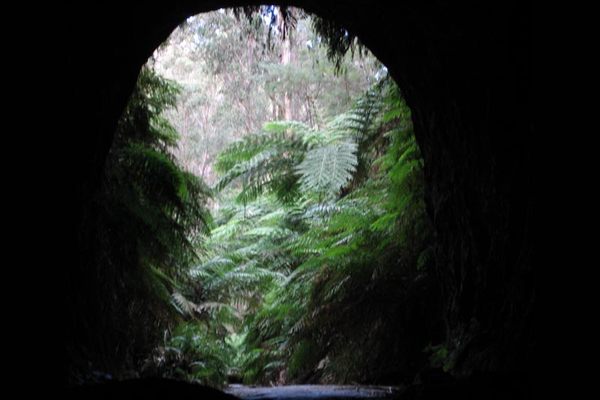About
Davit Gareja is a rock-hewn Orthodox monastery in the Kakheti region of Georgia. It is not far from the border with Azerbaijan. The climate is often described as a semidesert.
Hundreds of cells, churches, refectories, and living quarters have been hewn into the rock face at the steep slopes of Mount Gareja. Saint David, an Assyrian Monk, founded the monastic complex in the 6th century and it was steadily expanded during the following centuries.
The monastery complex has been an important center of religious and cultural activity for hundreds of years and this reached its height between the 11th and 13th centuries. The monastery complex was always closely linked with the royalty of Georgia, but the downfall of the Georgian monarchy did not put an end to the monastic activities at Davit Gareja. Neither did the attacks by the Mongols in the 13th century, or the attacks of the Persians in the 17th century.
It wasn’t until the Bolshevik takeover in 1921 that the monastery was closed down and became deserted. During the late Soviet years, the monastery became a training ground for the Soviet War in Afghanistan and this caused considerable damage to the murals within the complex and caused a public outcry among Georgians. When Georgia restored its independence, the monastery was revived and it is once again a center of religious activity as well as an important destination for pilgrims and tourists alike. The inside of the cave structures has been covered with numerous murals and fresco paintings, a number of which have survived the test of time.
Since the Soviet border-drawing process did not have any regard for cultural borders, especially when religious heritage was involved, today parts of the monastery complex are technically located within Azerbaijan and this has sparked a minor border dispute between the two countries. Given the religious and cultural importance of Davit Gareja, Georgians have stated it to be unacceptable that the site would be split between two countries, and have offered a land swap, but a final agreement has yet to be achieved.
As of January 2021: The upper Udabno Monastery remains closed due to the ongoing border dispute. Visitors can still explore Lavra Monastery, the lower part of the complex, but the hiking trail and ridge, frescoes, and upper church are off-limits.
Related Tags
Know Before You Go
After a hike up the mountain next to the monastery, you can see views of the Azerbaijani border. When climbing down the other side of the mountain, you come across the caves built into the side of the mountain. These caves contain traces of fresco paintings, some of which are fully intact. Some may argue that this is more interesting than the monastery itself. Since the area is not frequented by tourists, you can also see some interesting wildlife. Snakes (some venomous) are present in the summer months so take care.
The nearest village is Udabno. You can take a marshutka there and hitchhike to the monastery, or more conveniently, use the Gareji Line transfer service, which leaves from Freedom Square in Tbilisi at 11 AM daily during the high season. For more information, see their Facebook page. The road to Davit Gareja is part asphalt and part rubble. A vehicle with high clearance is recommended but a 4WD is not required.
The hike up the mountain is quite steep in parts. Wear proper footwear, and bring water and your own food. There is a new Visitors Center at the site with clean toilets (50 tetri), vending machines, and a shop selling products made by the resident monks.
Community Contributors
Added By
Published
July 7, 2013


























































